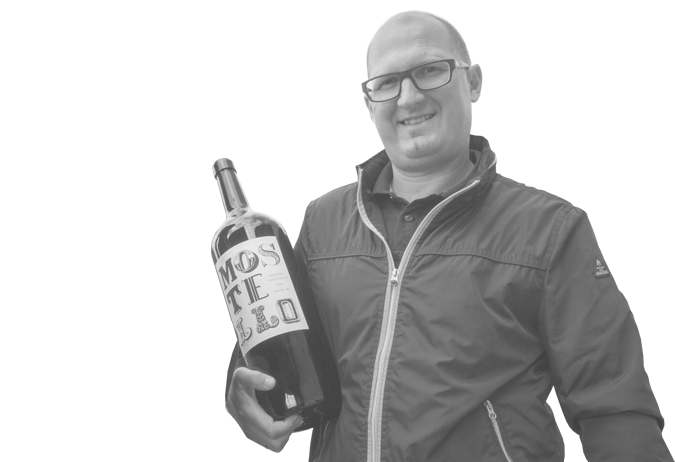About us
The distillation of schnapps has been a tradition in our family for more than one hundred years. The first records we have found of this date from 1867; in this year Katharina and Ignaz Stässler acquired a cider press.
Josef’s parents worked in mixed farming, with cows, pigs and meadow fruit trees.
Production of cider was no longer the primary concern; demand in the 1970s was not great enough – the spirit of the times had not yet rediscovered this traditional drink.
So on a yearly basis there were only between one and two thousand litres of cider produced, for the family’s own consumption, at a time when grandmother Maria could still remember days when more than 60,000 litres were pressed.
Grandmother Maria is rather happy to revisit memories of the ‘golden age’ in her cider orchard farmhouse, telling of times when neighbours would come to gossip over a couple glasses of cider, and even bought some from her, even though there were no real ‘cellar door sales’ at the time. According to her, the orchard then yielded a marvellous 1,200 ‘Eimers’ of cider.
Not the literal bucket, but in this case a measure containing some 56 litres – this adds up – or multiplies out – to 67,200 litres of cider being produced on the property at that time. She tells proudly of the time when cider production brought honour and recognition to an estate. But the Farthofer farmstead was not only of great local importance because of the cider, but also from the very beginning, distilling high-class schnapps was also part of the programme. The family held great store by this activity, as their distilling license had been granted by Empress Maria Theresia.
As early as his school years, Josef cherished the wish to take over the farm and the business. However, it was equally clear to him, that he would not be finished simply by assuming management of the estate.

He says: ‘It was the working with fruit and the orchards that interested me from the very beginning, and not the creatures in the barnyard’.
After finishing his studies at the commerce school, the restless eighteen year-old Josef Farthofer invested the savings he had earned tutoring students in a new press, a sweet-cider coil and a bottle sterilisation system. Not the usual accoutrements of youth, by any stretch of the imagination. He bought the equipment together with a friend; the spirit of experimentation had fully taken command of young Josef.
At age nineteen, he produced his first apple and pear ciders, as well as alcohol-free apple and pear juice. The results were astonishingly good, and Josef recognised that he indeed had the touch for it. When Josef was twenty-four, he produced his first pear schnapps. The still pot in Josef’s parents’ home had no water bath at that juncture, so it was fired directly. Fruit mash would be hopelessly burned up in it, so Josef was obliged to resort to liquid source material, and since cider was readily available in adequate volume, he just helped himself. The result was marvellously successfully, and even then exhibited the artisanal signature that was later to make Josef famous.
From that moment on, Josef Farthofer never left off distilling…
